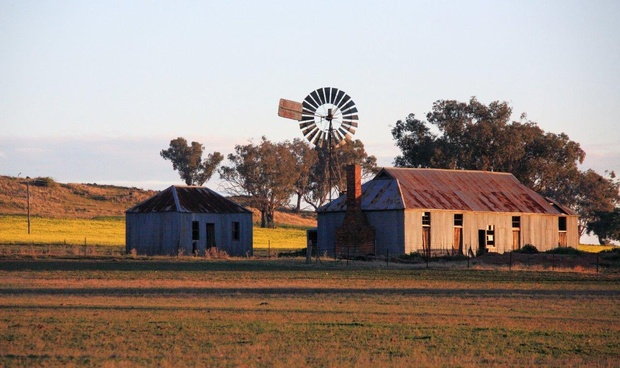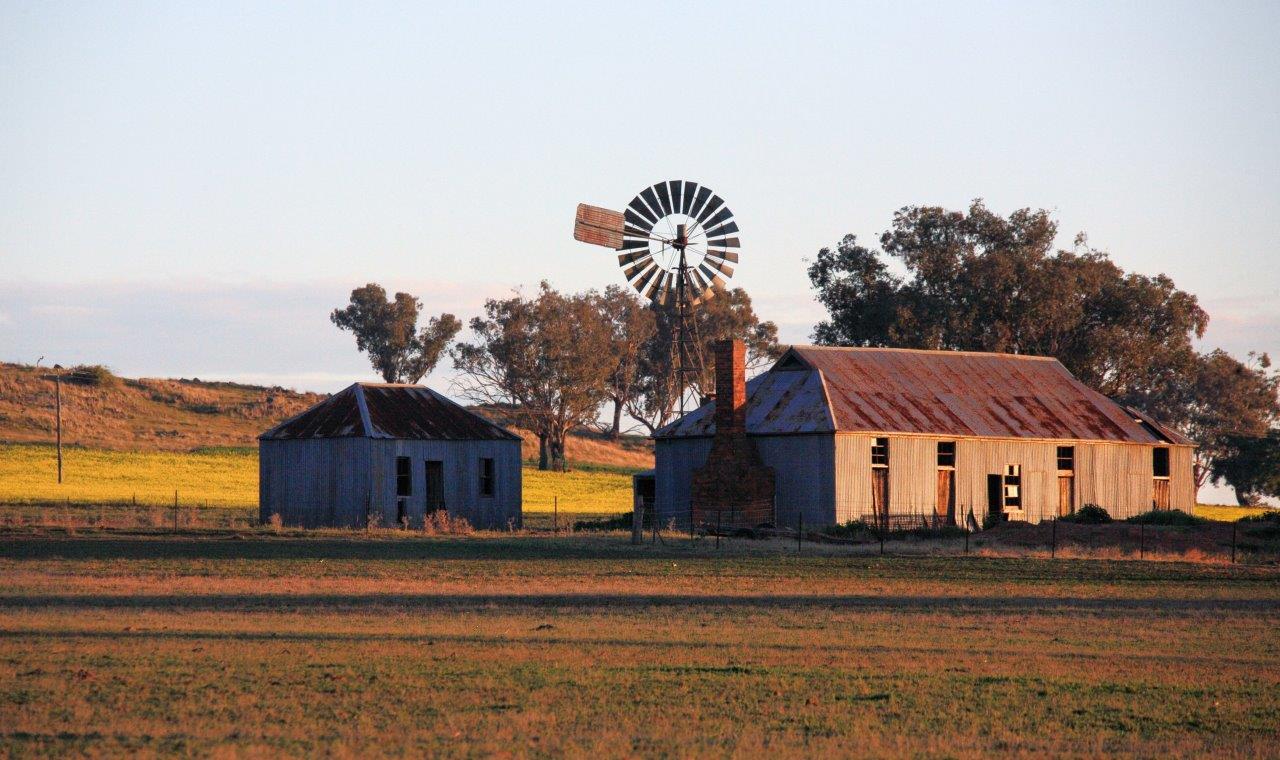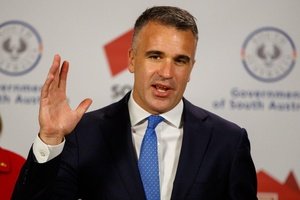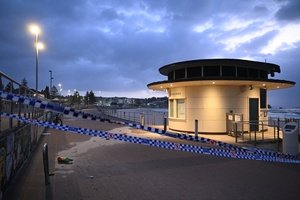Australia’s telcos are forging ahead with the closure of the ageing network from the end of the month, despite a Senate inquiry urging a delay over possible threats to public safety and business.
Telstra previously delayed its 3G network closure from the end of June to August 31, while Optus is expected to close its network in September.
TPG/Vodafone ceased 3G operations in January.
Rolled out in 2003, at the time the network provided groundbreaking data and network speeds, and while it has been superseded by 4G or 5G, some families in rural and remote Australia rely on 3G.
An interim report published last Thursday by the Senate’s Rural and Regional Affairs and Transport Reference Committee recommended the Government delay further 3G closures and do more to assist consumers and organisations.
Committee chair and Nationals senator Matthew Canavan said the committee had asked Communications Minister Michelle Rowland to meet with Telstra and Optus to request the companies push back their shutdowns.
“If they fail to agree to that, we’ve recommended that the Minister use her powers to ensure that a delay occurs,” he said.
Canavan said the committee believed up to one million devices could be impacted.
He said he believed not enough time had been allowed for consumers and businesses to discover whether they needed to update their devices, including some 4G phones which won’t be able to make emergency calls after 3G networks close.
“This is a situation where a delay is prudent because it is better to be safe than sorry,” Canavan said.
The committee has been told medical equipment, alarms, EFTPOS machines, farm machinery and water infrastructure could stop working after the shutdown.
Telstra is on track to provide equivalent 4G coverage, having verified 99 per cent of its sites by the end of July, according to new documents provided to the inquiry.
But Telstra’s statement said it cannot guarantee that a user who has fortuitous 3G coverage will get the same service on the 4G network.

“It’s great that 97 per cent of the population is catered for, but there are 3 per cent of us out living in rural and remote areas, who contribute significantly to the bottom line of the GDP of this country ... and we ... are always behind the eight ball,” ICPA president Louise Martin says.
Fortuitous connectivity is common in rural areas on the fringe of telcos’ coverage maps, but it can be affected by anomalies like changes to the landscape and vegetation.
“We don’t include such areas in our published coverage as the coverage is unpredictable and vulnerable to change over time ... and small signal changes that may result when our mobile sites are upgraded, optimised or maintained,” Telstra’s response to questions on notice said.
Families who live on remote stations use fortuitous 3G for distance education when landlines and other internet sources are down, according to a submission by the Isolated Children’s Parents’ Association.
“If families with fortuitous 3G coverage lose access ... these students risk losing touch with their school of distance education,” the submission said.
A family at Julia Creek, in outback Queensland, does not have a landline and satellite internet drops out in hot and wet weather, the association said.
“Without their mobile service they will be without contact with the outside world for months of the year, with the entire station staff having no way to contact emergency services in case of injury or for evacuations.”
ICPA Federal President, Louise Martin said the uncertainty is of major concern for some living in rural and remote Australia.
“Do families invest in new 4G compatible, extending antennas, like Yagis, not knowing if it’s actually going to work or not?” Martin asked when speaking to EducationHQ.
“Or is it just wasting money because they’re not going to get service anyway?”
Telstra’s statement said it provided five years’ notice of the shut down, which would not affect 97 per cent of its customers and that it is committed to supporting customers after the shutdown, with a specialist service to help rural and remote residents.
Yet Martin said there’s no indication what that support could mean in real terms.
“It’s great that 97 per cent of the population is catered for, but there are 3 per cent of us out living in rural and remote areas, who contribute significantly to the bottom line of the GDP of this country, providing food and fibre for our nation, and we continue to have to play catch up and are always behind the eight ball.”
Optus’s response to questions on notice from the inquiry said a small number of its 3G sites had not yet been upgraded to 4G.
The 3G network will continue to operate on 45 sites in regional areas while upgrades are carried out in the short-to-medium term, it said.
Martin said there are no easy answers.
“Do you delay it and still have the uncertainty, or do you rip the band aid off, turn it off and see where we land?” she posed.
“We have known about this for a long time, and while, yes, there is uncertainty, do we turn it off and then we know for sure?
“I’m not sure if that’s the answer, but until such time that 3G’s turned off and 4G’s running fully, no one will really know if they have got a secured service or not.”
Regardless of what happens when 3G is finally switched off, government assistance varies from state to state, and for the most part more is required.
“We need to educate our kids. It’s their right, and it doesn’t matter where you live, you should have the right to an education,” Martin said.
“And the government should ensure that all families are able to access education by whatever means possible. That might mean financial assistance for them to be able to access the service that will work for them.”
(with AAP)














